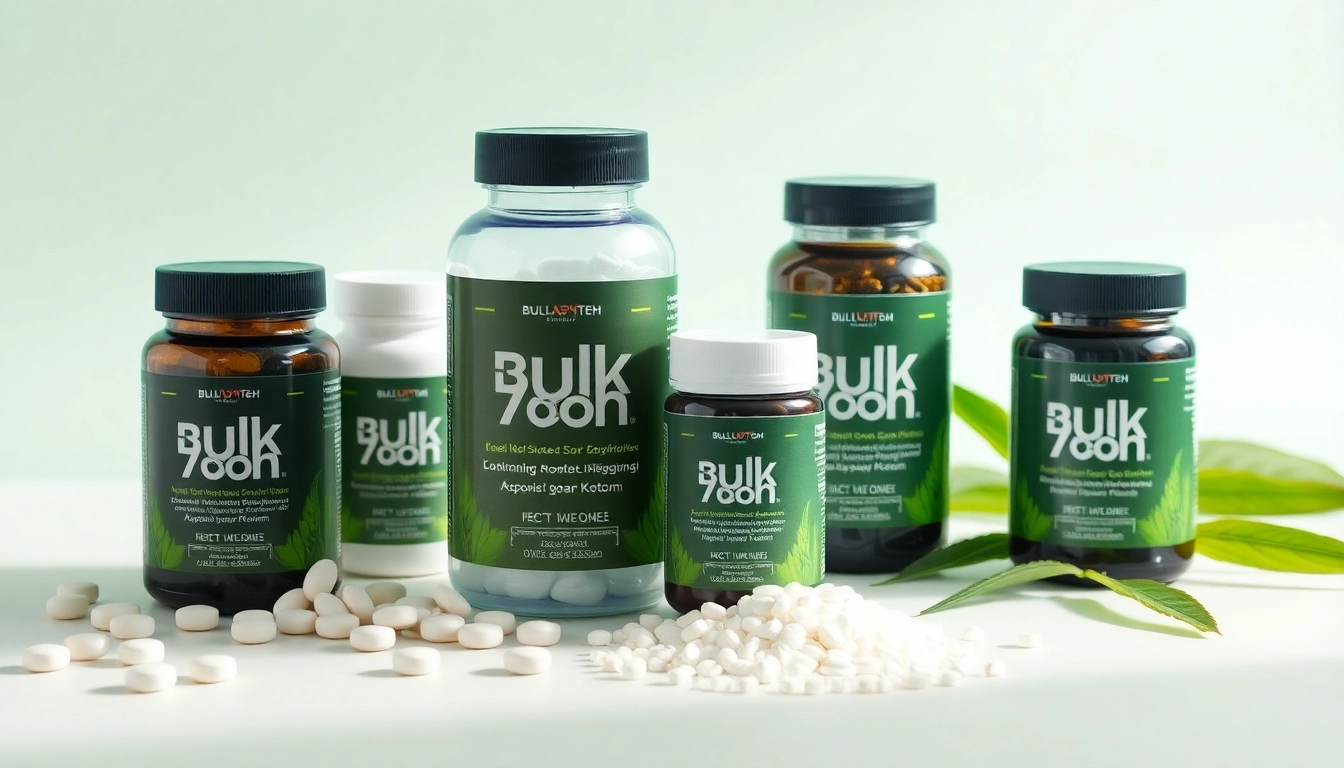Understanding the FBA Wholesale Model
Definition and Benefits of FBA Wholesale
Fulfillment by Amazon (FBA) wholesale is a business model that allows sellers to purchase products in bulk from suppliers and sell them on Amazon. This model combines the advantages of wholesale sourcing with the logistical support provided by Amazon’s FBA system. By using FBA, sellers can store their products in Amazon’s warehouses, allowing Amazon to handle storage, packaging, and shipping, enabling them to focus on scaling their business.
One key benefit of the FBA wholesale model is scalability. Sellers can start small and gradually increase their inventory as they learn the market. Another significant advantage is access to Amazon’s vast customer base and established trust. Customers are more likely to purchase from sellers using FBA due to the assurance of fast shipping and reliable service. Moreover, FBA enables sellers to take advantage of Amazon Prime, competing in the marketplace more effectively. To explore more about this business model, you can visit fba wholesale.
The Difference Between FBA and Other E-commerce Models
The primary distinction between FBA wholesale and other e-commerce models, such as dropshipping, lies in inventory management and fulfillment. In dropshipping, sellers never handle the physical products; they act as intermediaries, forwarding customer orders to suppliers who then ship products directly to customers. While this reduces overhead costs, it can lead to challenges regarding inventory management, shipping issues, and customer service.
Conversely, with FBA wholesale, sellers take control of their inventory. They can purchase bulk quantities, ensuring they have the stock needed to meet customer demands without relying heavily on suppliers for immediate order fulfillment. This control allows for better profit margins and a stronger brand presence on Amazon, as sellers can offer competitive pricing and promotions without the constraints of dropshipping.
Key Terminology in FBA Wholesale
Understanding key terminology is crucial to navigating the FBA wholesale model effectively. Here are some important terms:
- SKU (Stock Keeping Unit): A unique identifier assigned to each product, helping sellers track inventory.
- ASIN (Amazon Standard Identification Number): A 10-character unique code assigned by Amazon to identify products.
- Fulfillment Centers: Warehouses owned and operated by Amazon to store and manage sellers’ inventory.
- Buy Box: The section on a product detail page where customers can begin the purchasing process, typically dominated by sellers with competitive pricing and strong performance metrics.
Choosing the Right Products for FBA Wholesale
Researching Profitable Product Niches
Identifying profitable niches is essential for success in FBA wholesale. Start by exploring market trends using tools, such as Google Trends, Amazon’s Best Sellers lists, and product research tools that offer insights into sales volume and competition levels. Look for products with consistent demand paired with relatively low competition to maximize your chances of success.
Consider seasonal fluctuations and market trends. Some products may peak during holidays while others show consistent year-round demand. By analyzing these patterns, you can build a robust inventory strategy that caters to varying consumer needs.
Assessing Market Demand and Competition
Besides identifying profitable niches, assessing market demand and competition is vital. Utilize tools like Jungle Scout or Helium 10 to investigate product viability. These tools can help you understand monthly sales estimates, price points, and competitive analysis of similar products in your chosen niche.
Look out for metrics such as the number of reviews, star ratings, and seller performance to gauge how well competitors are doing. Products with a high number of reviews might be more challenging to compete with unless you find ways to differentiate your offering, such as bundling or offering exceptional service.
Understanding Product Sourcing Techniques
There are various product sourcing techniques available to FBA wholesalers. Here are a few commonly used methods:
- Direct Sourcing: This approach involves reaching out to manufacturers or wholesale distributors to acquire products directly. It often leads to better pricing but requires negotiation skills and research to ensure product quality.
- Wholesale Marketplaces: Platforms like Alibaba and SaleHoo provide access to a wide range of suppliers. These marketplaces allow sellers to browse products, compare prices, and communicate directly with suppliers.
- Trade Shows: Attending trade shows allows sellers to meet suppliers face-to-face, negotiate prices, and build relationships. Observing products physically can also give deeper insights into quality.
Finding Reliable Wholesale Suppliers
Exploring Online Directories and Platforms
Finding trustworthy suppliers is a cornerstone of FBA success. Online directories like Wholesale Central and ThomasNet can serve as valuable resources for identifying potential suppliers in your niche. These platforms list verified suppliers and often categorize them by the types of products offered. Utilize these directories to form an initial list of potential partners.
Additionally, consider specialized platforms designed explicitly for Amazon sellers, which may streamline the process of finding suppliers who understand the FBA model.
Evaluating Supplier Credentials and Trustworthiness
It is critical to evaluate the credentials and reliability of potential suppliers. Request references, check for reviews, and assess any available certifications. Engaging in small trial orders can also provide insights into product quality and delivery speed.
Trustworthiness also entails understanding a supplier’s communication process and their responsiveness to inquiries. Establishing a solid relationship with suppliers can lead to better pricing agreements and more reliable service.
Building Relationships with Suppliers
Building strong, mutually beneficial relationships with suppliers is essential for long-term success. Be transparent about your intentions and goals, and maintain open lines of communication. Regular check-ins can help prevent issues and ensure suppliers are aligned with your needs.
Consider negotiating exclusive deals or better rates as your volume increases. A solid relationship can also lead to suppliers notifying you of new product launches or special sales, giving you a competitive edge.
Setting Up Your FBA Wholesale Business
Creating an Amazon Seller Account
The first step to launching your FBA wholesale business is creating an Amazon Seller Account. This involves providing personal and business information, selecting a selling plan, and agreeing to Amazon’s terms and conditions. Understanding the differences between the Individual and Professional selling plans is crucial, as they affect fees and selling capabilities.
After creating your account, ensure that you familiarize yourself with Amazon’s policies and guidelines, as adherence to these can significantly impact your business’s success.
Developing Effective Product Listings
Optimizing your product listings is vital for visibility and conversions. Your listings should include high-quality images, persuasive copy, and relevant keywords. Effective product titles encapsulating both the product’s name and its unique selling points can enhance search visibility.
Utilize bullet points to outline clear features and benefits, and ensure to include critical keywords in your product descriptions, similar to how customers might search for the product. Implementing SEO best practices will maximize your chances of appearing in search results.
Navigating FBA Policies and Regulations
FBA sellers must understand and comply with Amazon’s policies and regulations. This includes guidelines surrounding product quality, shipping, returns, and customer service. Each product category may have specific rules, so familiarize yourself with these details to avoid potential account suspensions.
Keeping good records and documenting compliance can protect your business and help you act swiftly in case of disputes or issues.
Optimizing Sales and Inventory for FBA Wholesale
Utilizing Tools for Inventory Management
Effective inventory management is crucial in maintaining stock levels and preventing stockouts or overstock situations. Use inventory management tools that integrate with your Amazon Seller account, allowing real-time tracking of stock levels, sales velocity, and even forecasting future inventory needs.
Automation can significantly reduce manual labor and human error. Setting up alerts for low-stock items and implementing reorder triggers can streamline your processes, ensuring you always meet customer demand without excess inventory costs.
Implementing Marketing Strategies for Increased Sales
Once your products are listed, it’s time to implement marketing strategies to drive traffic and increase sales. Leveraging Amazon Advertising can help promote your listings directly within the Amazon ecosystem. Sponsored Products and Sponsored Brands are effective ways to reach potential customers actively looking for products similar to yours.
Additionally, consider off-Amazon marketing strategies such as social media advertising, content marketing, and email marketing to broaden your reach and attract customers.
Analyzing Performance Metrics for Growth
Regularly analyzing performance metrics is vital in optimizing your business. Metrics like sales volume, conversion rates, and advertising return on investment (ROI) provide insights into what’s working and what isn’t. Use the data to inform your decisions about inventory, marketing strategies, and product offerings.
Identifying patterns will allow for data-driven adjustments that can enhance profitability and growth._ and inform future business strategies, ensuring you remain competitive in the constantly evolving e-commerce landscape.



